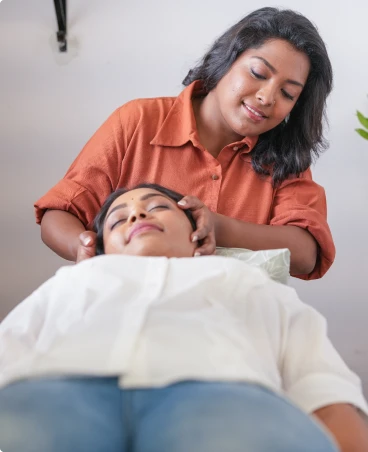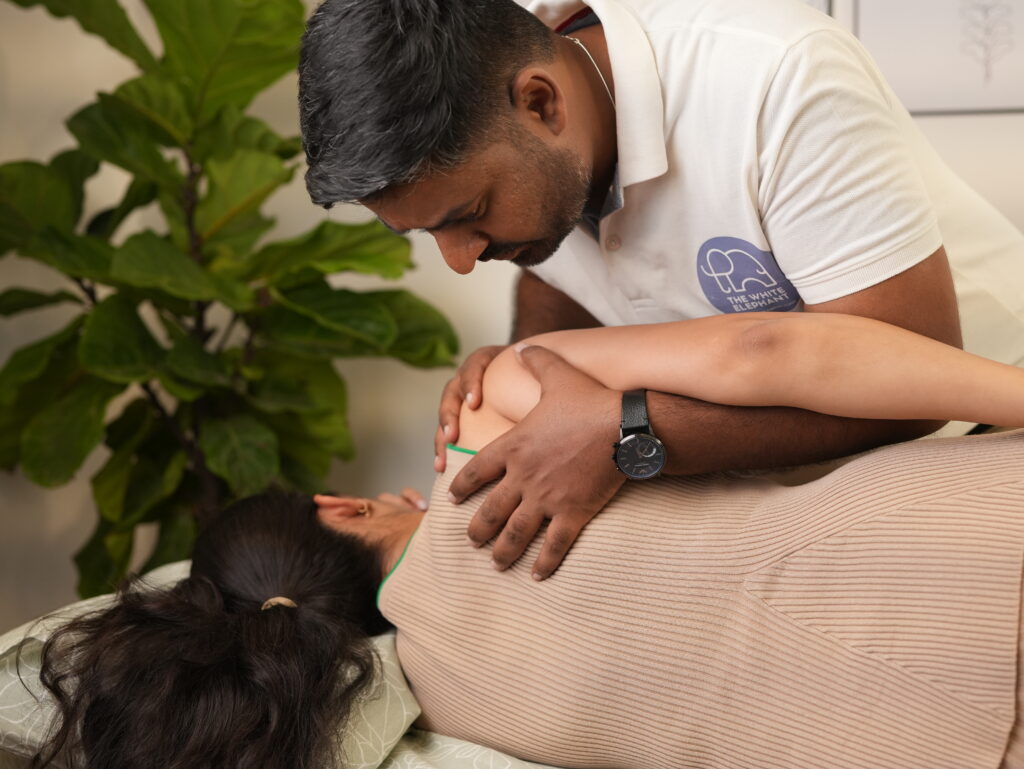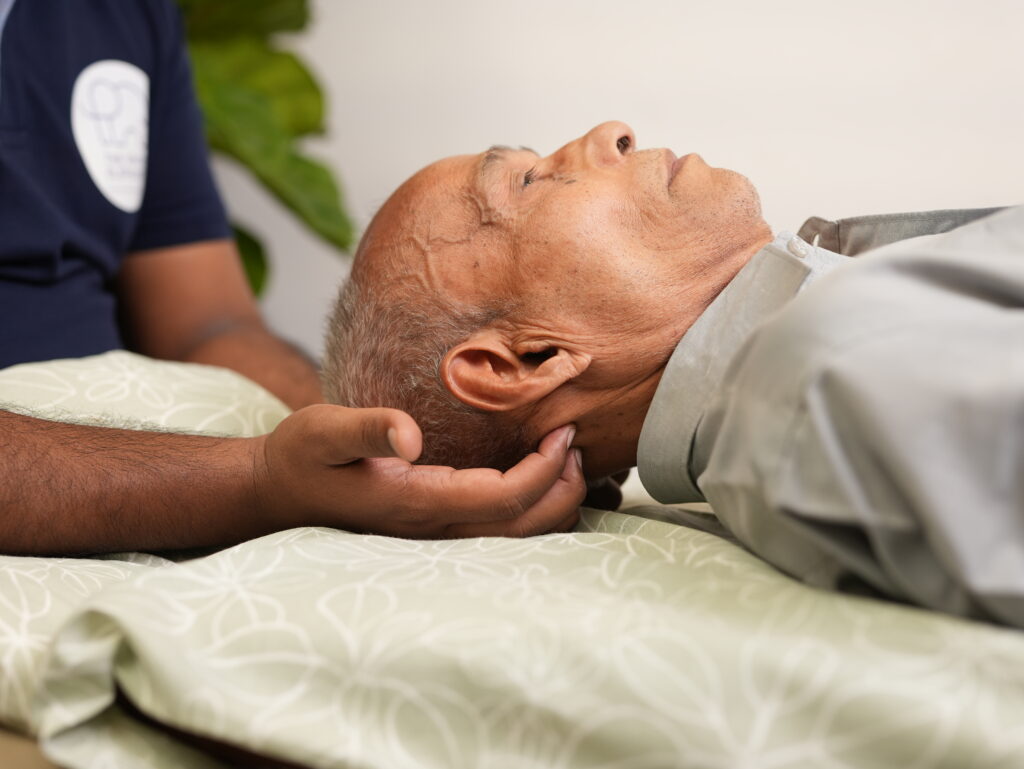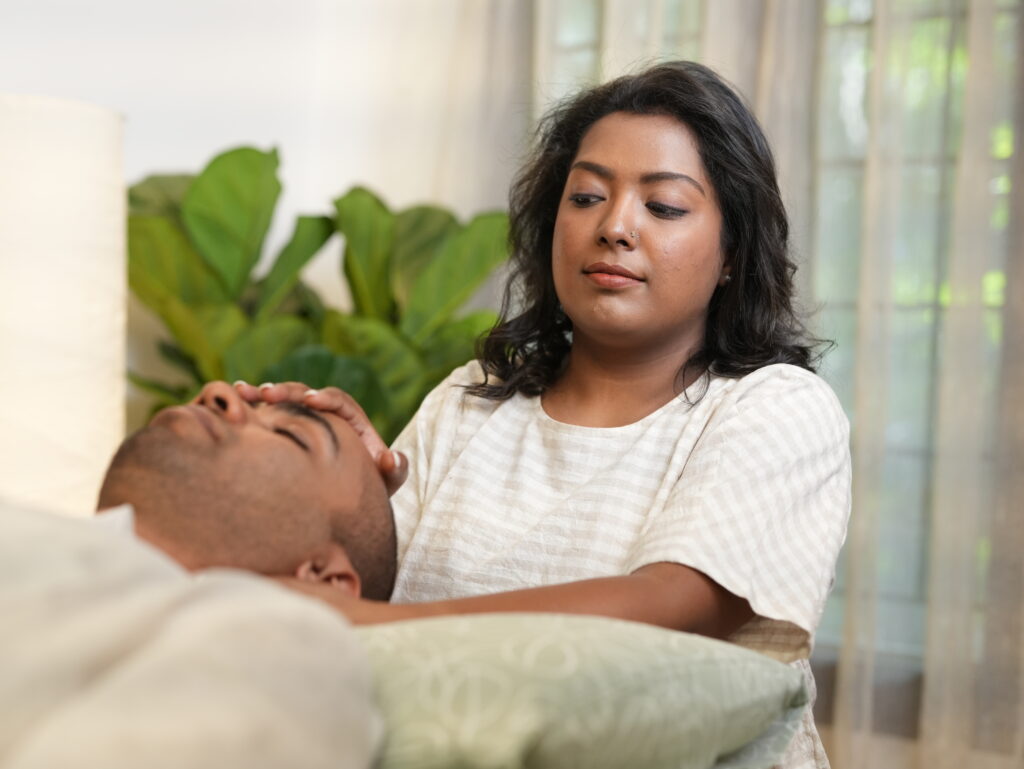
Biodynamic Craniosacral Therapy is a gentle, non-invasive holistic natural therapy. It is beneficial in treating a wide range of conditions and can bring about profound healing at all levels: physical, mental, energetic and emotional.
BCST takes a whole-person approach to healing and the inter-connectedness of mind, body and spirit. The underlying foundation of Biodynamic Craniosacral Therapy is the recognition of “Breath of Life”. The art of the therapist is to connect with these underlying forces of health, facilitating a process of natural reorganisation.
Biodynamic Craniosacral Therapy is deeply relaxing. It assists the body’s natural healing processes. It aids in pain relief and encourages the nervous system, organs and musculoskeletal system to balance and heal. Stillness is a defining goal and experience in the work. Difference happens in the still moments where an individual comes back into relationship with themselves and to what is around them.
History
U.S. Osteopath Dr. William Garner Sutherland first recognized Craniosacral motions and their relevance to health in the early 1900’s. He went on to study the cranial system for 50 years. During the last 21 years of his life he trained many skilled osteopathic physcians. In the 1970’s Dr. John Upledger was the first person to teach Craniosacral therapy to non-osteopaths or medical staff.
What does a session involve?
During a Biodynamic Craniosacral Therapy treatment session the client typically lies or sits on a treatment table comfortably and fully clothed. They will use a very light touch to “listen” to the body’s intrinsic movements.
The practitioner will often begin the session by placing their hands lightly on the client’s feet. The practitioner may then move to other areas of the body, often to the sacrum at the base of the spine or to the shoulders or head. In “biodynamic” work the practitioner does not manipulate or adjust bones or tissue.
Throughout the session the client may feel a range of sensations such as tingling, buzzing, feelings of hot or cold. Sometimes the client may feel small movements or adjustments or sometimes, the client may feel nothing. Often a client will experience a deep sense of calmness and relaxation or may sleep deeply. Any or all of the above is normal and welcomed as part of the healing process
The list of conditions that may benefit from this therapy is long and comprehensive, as most imbalances, whether physical, emotional or spiritual in origin, respond to Biodynamic Craniosaeral Therapy can be treated, here are a few:
- Allergies
- Arthritis
- Asthma/Bronchitis
- Autism
- Back Pain
- Birth Trauma
- Bladder conditions
- Digestive problems
- Emotional issues
- Exhaustion
- Fibroids
- Fluid retention
- Headaches
- Hormonal problems
- Menstrual pain
- Migraines
- Morning sickness
- Muscular pain
- Nervous disorders
- Neuralgia
- Postnatal depressic
- Bone disorders
- Breathing disorders
- Cerebral Palsy
- Chronic Fatigue
- Colic
- Dental/jaw/TMJ
- Trauma
- Depression
- Hyperactivity
- High blood pressure
- Infertility
- Insomnia/sleep disorders
- Joint disorders
- Premature birth
- Sciatica
- Sinusitis
- Sprains/strains
- Stress
- Stroke
- Visual problems


